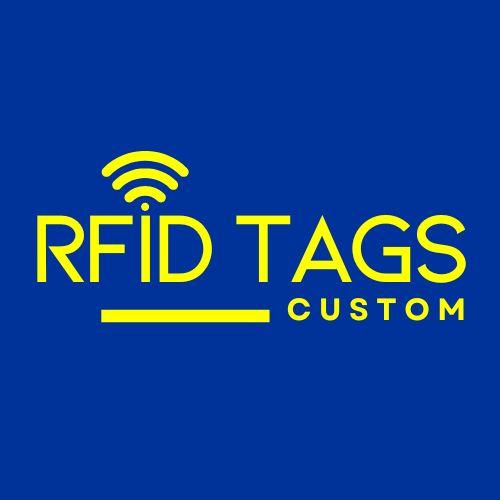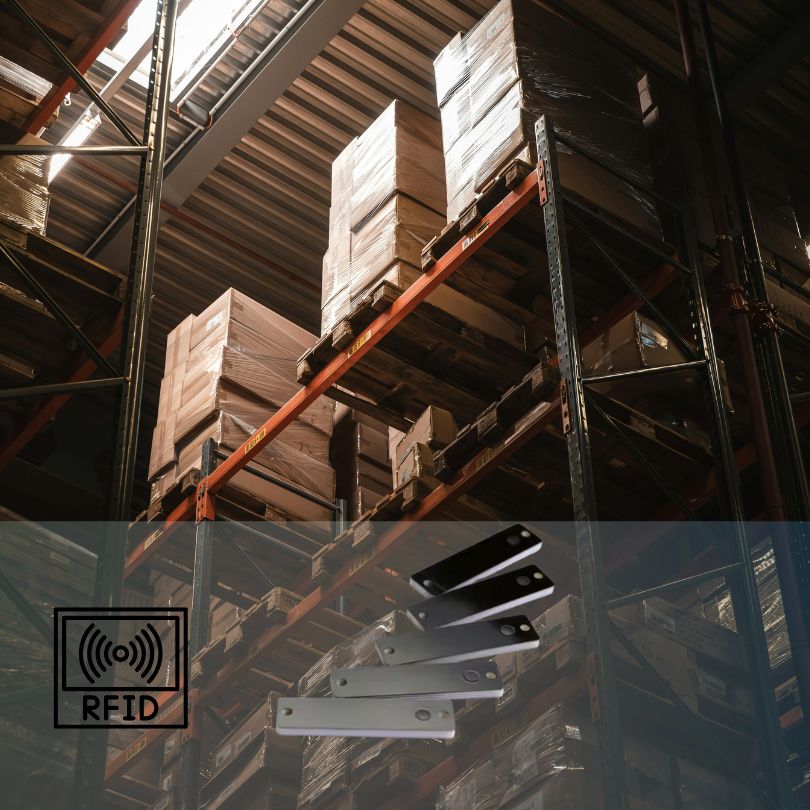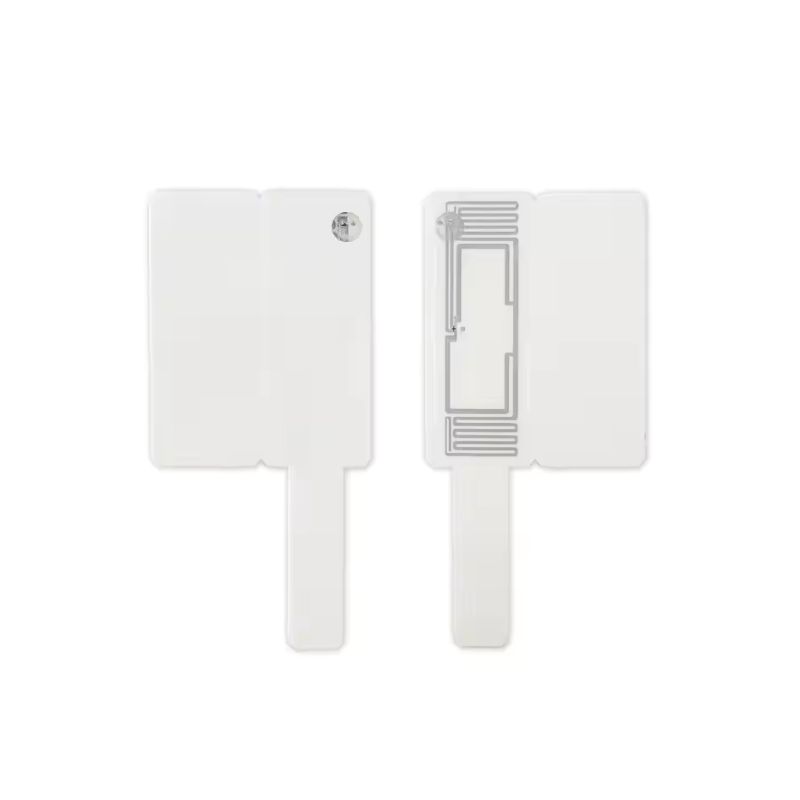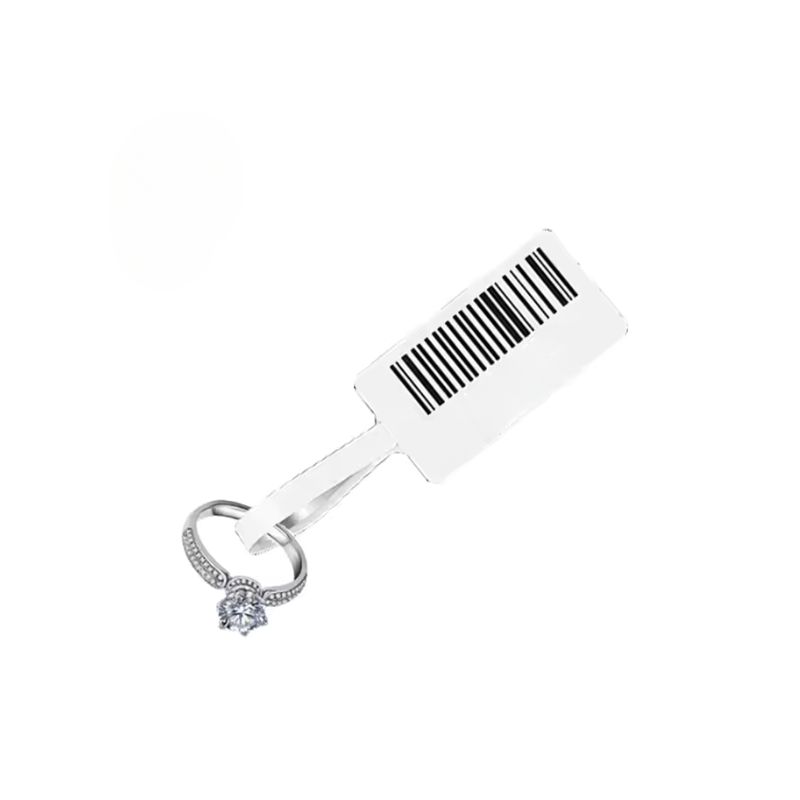
Related Blog
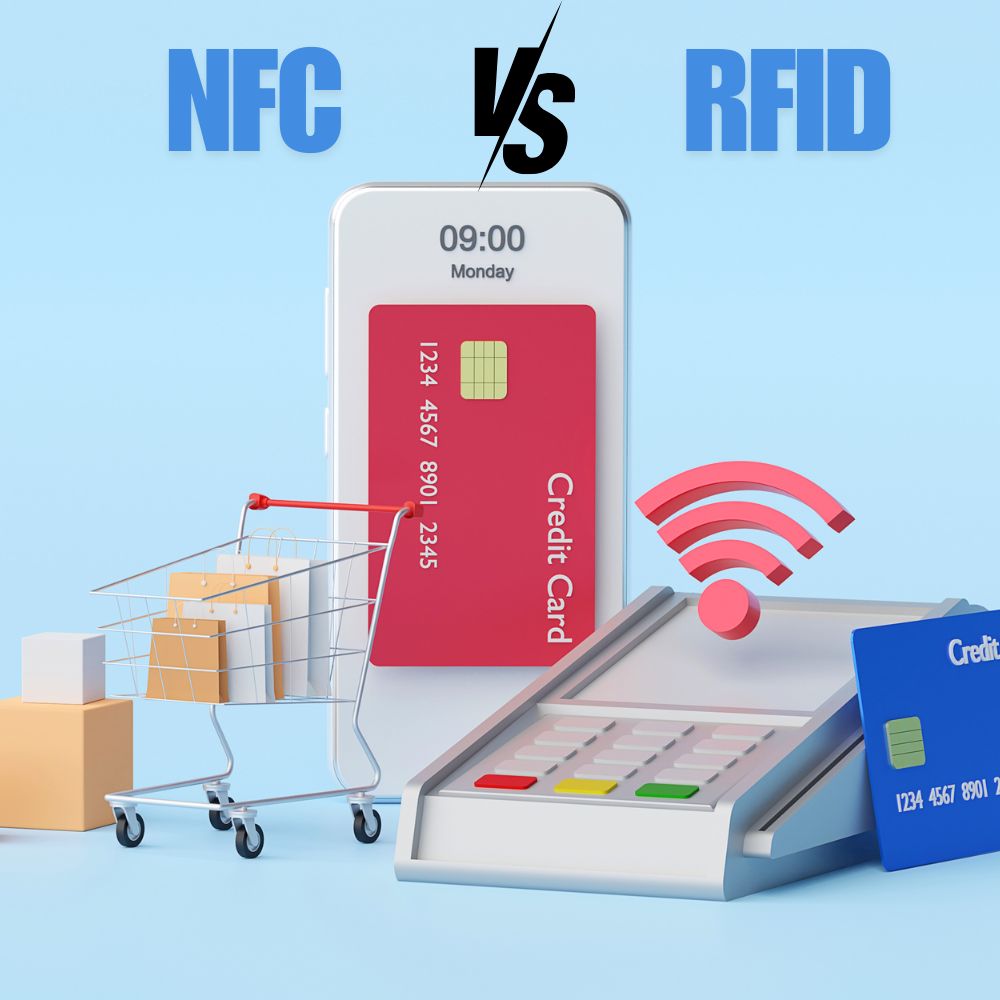
What is a Difference Between NFC and RFID
This article demystifies the difference between NFC and RFID, two powerful wireless technologies transforming various industries.
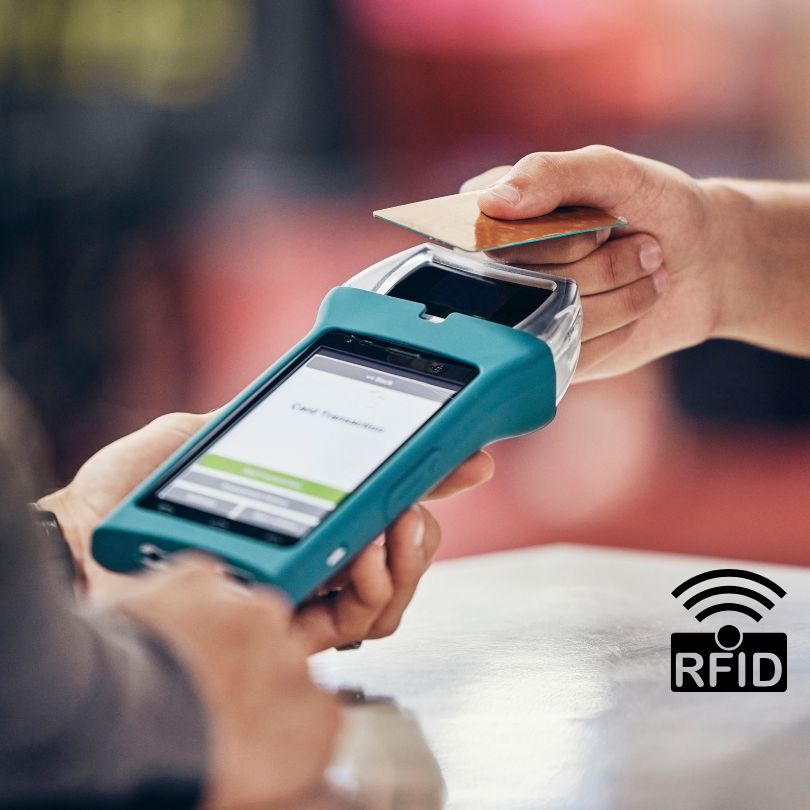
What is Radio Frequency Identification Used For
Radio Frequency Identification (RFID) technology has quietly woven itself into the fabric of our everyday lives – from the RFID-enabled badges that grant us building access to the contactless payment cards in our wallets. But not all RFID is the same.

How Does Radio Frequency Identification Work
This article explores the transformative power of Radio Frequency Identification (RFID) technology across various sectors.
